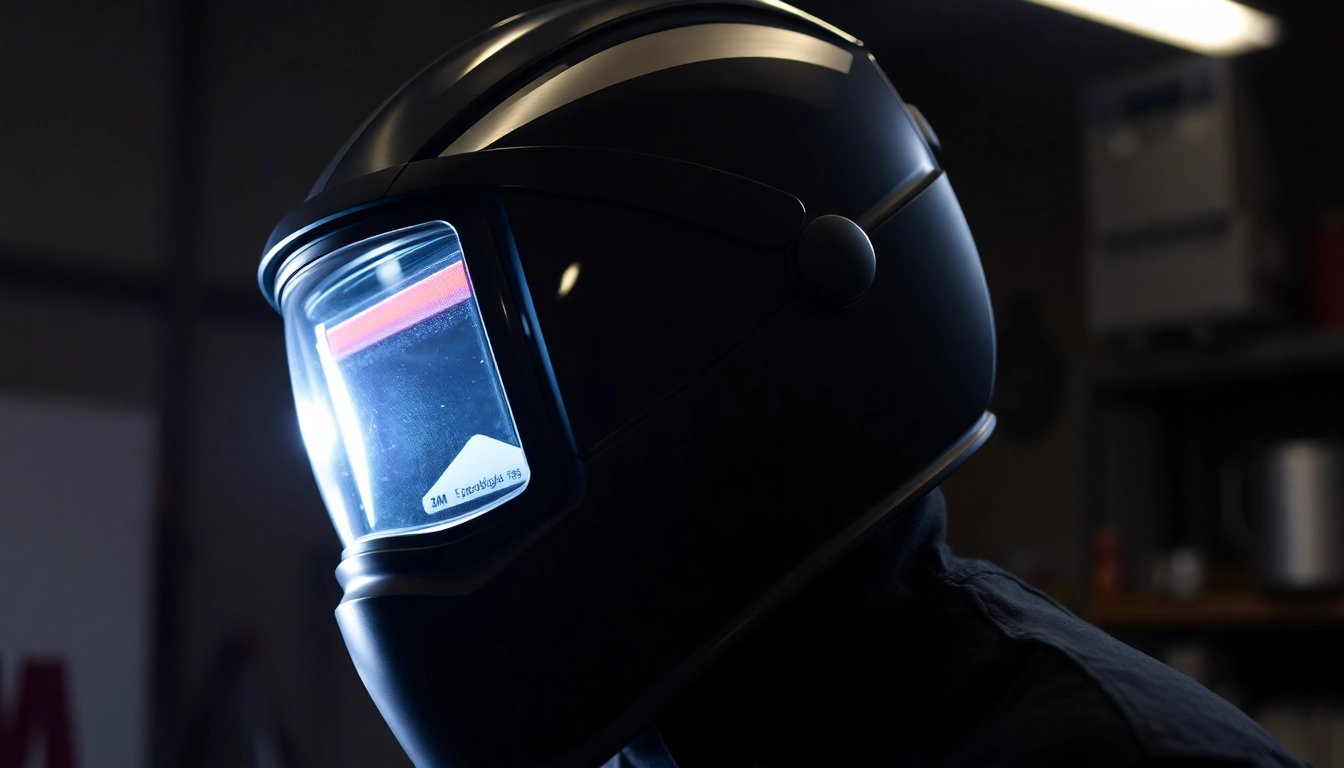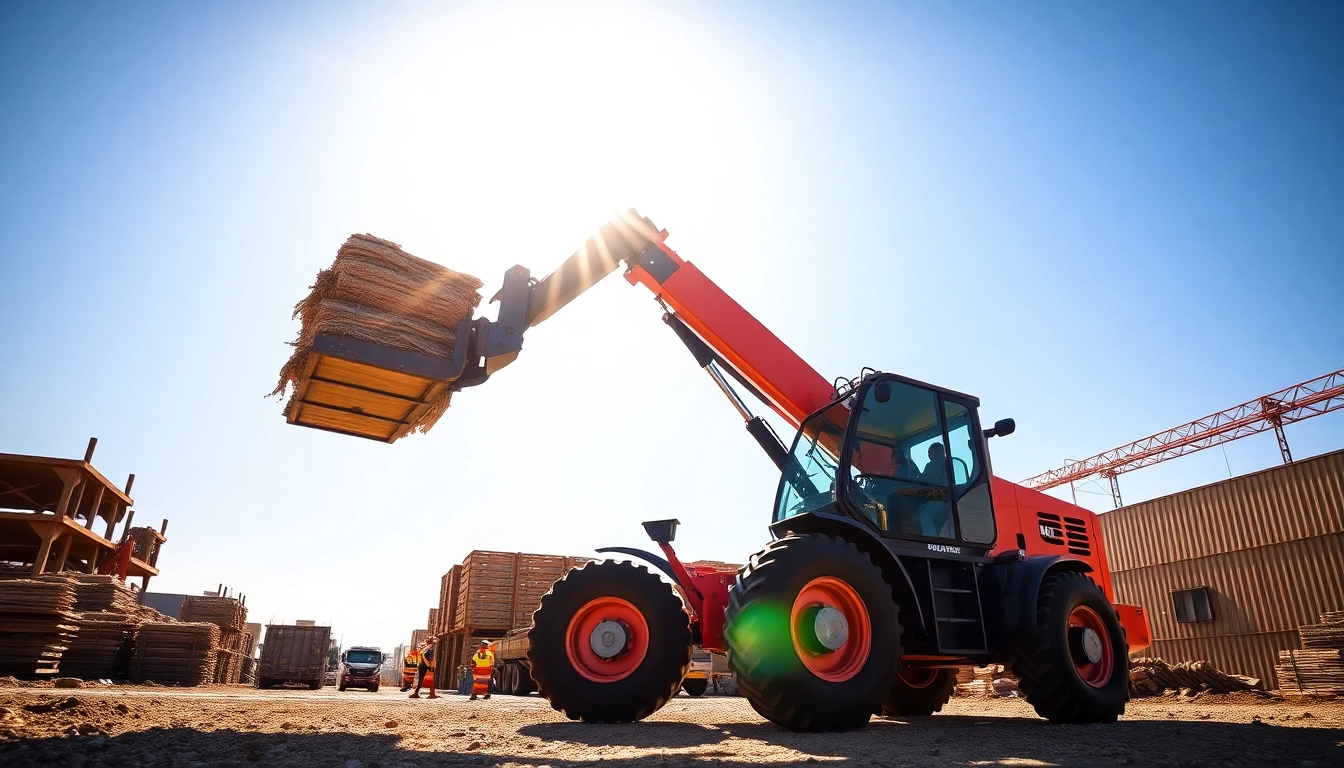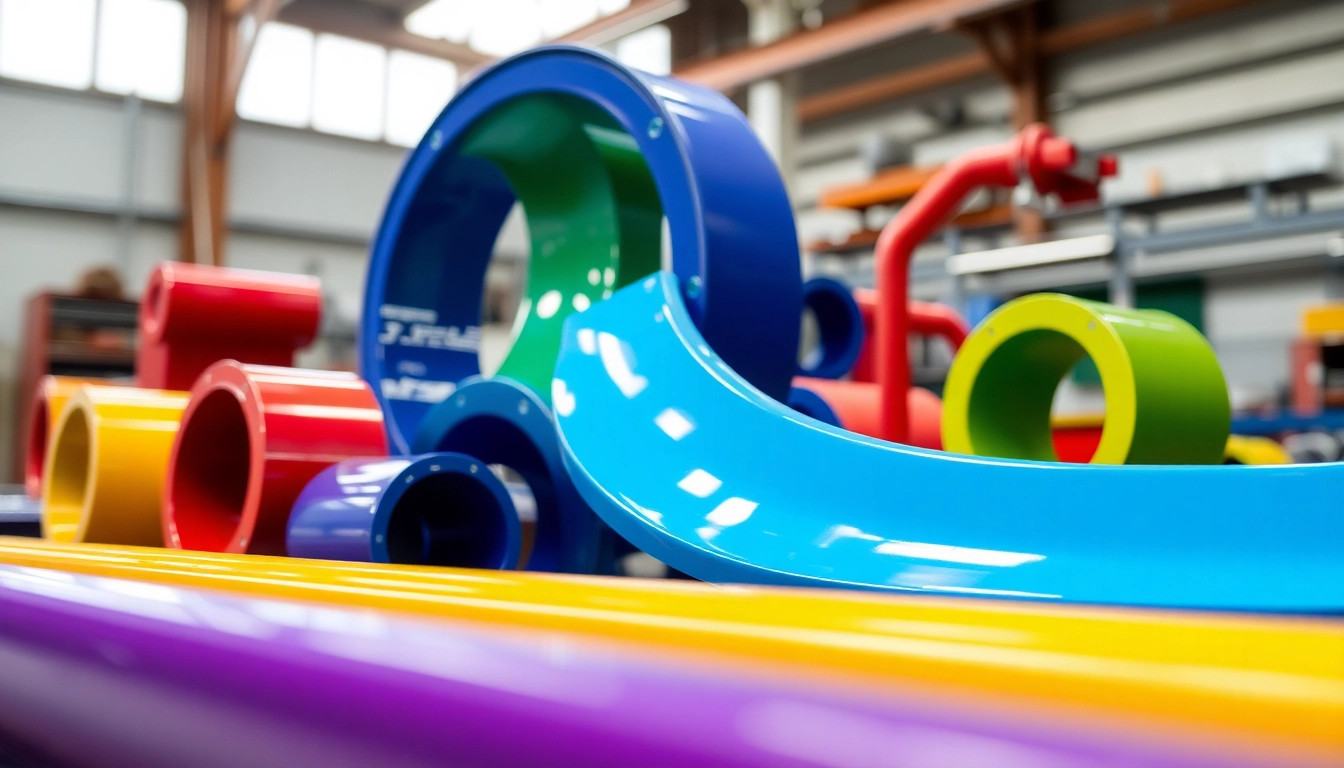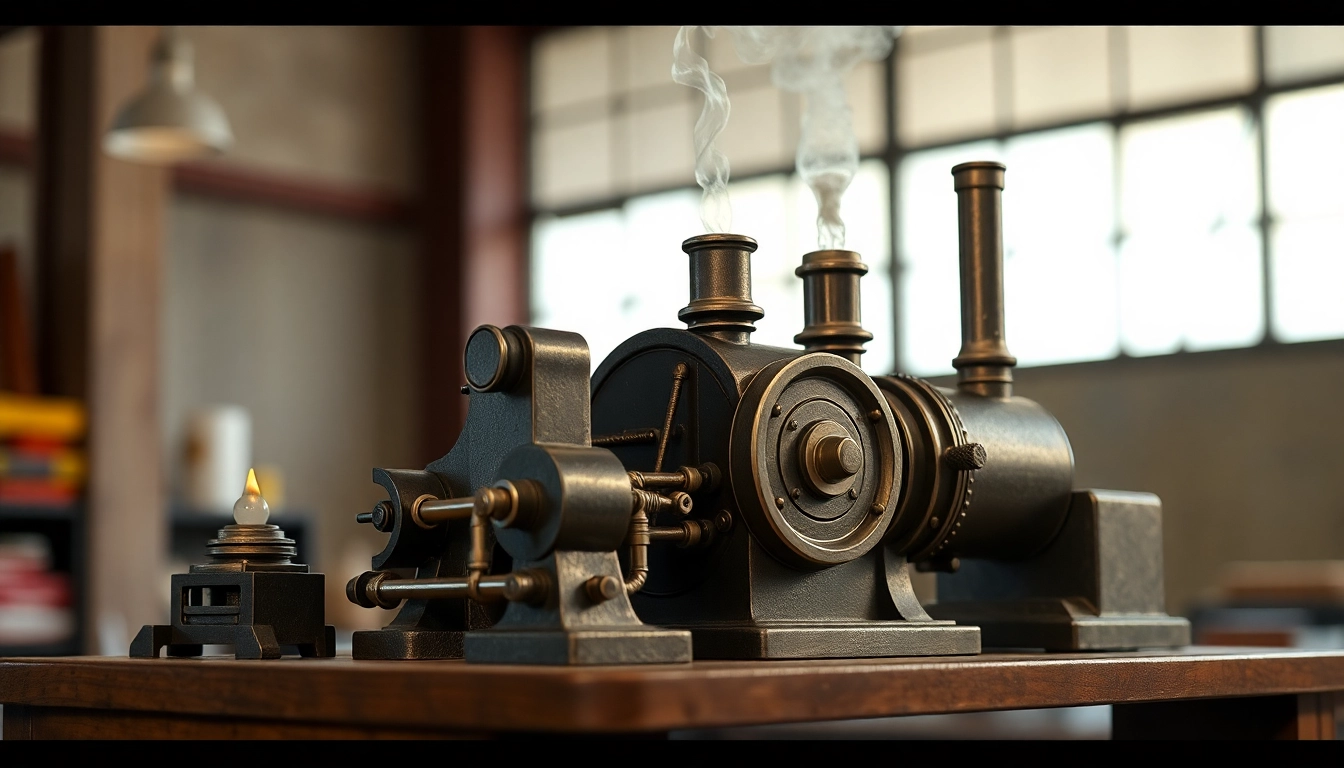Understanding Speedglas Welding Helmets
In the world of welding, safety, precision, and comfort are paramount. Among various protective equipment, welding helmets play a critical role in safeguarding the welder’s vision and face from harmful sparks, ultraviolet rays, and other hazardous elements encountered during welding. A leader in this field is speedglas, a brand synonymous with innovation, quality, and advanced technology in welding helmets. This article explores Speedglas welding helmets, their technology, benefits, comparisons with competitors, guidance on selection, maintenance tips, and insights into future trends within the welding industry.
Overview of Speedglas Technology
Speedglas welding helmets are engineered with cutting-edge technology designed to optimize the welding experience. A prominent feature of these helmets is the auto-darkening filter (ADF), which allows the lens to adjust to varying light conditions instantly. This means that when a welder strikes an arc, the helmet’s lens transitions from clear to dark, providing immediate protection against the intense light emitted during the welding process. The integration of advanced optical filters ensures excellent visibility and clarity, helping welders to maintain high levels of accuracy and control.
Furthermore, Speedglas helmets often incorporate features such as built-in respiratory protection, allowing welders to work under challenging conditions without compromising safety. The helmet’s ergonomic design contributes to user comfort, enabling extended usage without fatigue.
Key Features of Speedglas Helmets
Speedglas helmets are replete with features that enhance performance and protect the user:
- Auto-Darkening Lens: The ADF technology allows for quick adjustments between light and dark shades, enhancing the welder’s ability to see and make precise movements.
- Wide Viewing Area: Many models boast a larger viewing area, enabling welders to have a better view of their work, which is crucial for undertaking detailed tasks.
- Multi-Arc Sensors: These sensors detect multiple types of welding activities and adjust the filter accordingly, offering protection in diverse welding environments.
- Comfort Features: Speedglas helmets are designed with lightweight materials and adjustable headgear for a customized fit, reducing strain on the welder’s neck and head.
- Respiratory Protection: Some models include PAPR (Powered Air Purifying Respirator) that aids in protecting the user from harmful particulates in the welding area, ensuring cleaner air intake.
- Durability: Built to endure tough conditions, Speedglas helmets are resistant to impacts, heat, and wear, providing longevity and reliability.
Benefits for Professional Welders
Professional welders can greatly benefit from using Speedglas helmets in several ways:
- Enhanced Safety: With advanced protection features, welders are safeguarded from eye damage caused by UV radiation, sparks, and flying debris.
- Improved Productivity: The elimination of frequent lens adjustments allows welders to focus on their tasks without interruption, improving overall efficiency.
- Higher Quality Work: With superior visibility and clarity, welders can produce high-quality results and more intricate work due to better control over their welding processes.
- Comfort during Long Shifts: The ergonomic design and adjustable features help prevent fatigue, allowing users to perform at their best throughout long working hours.
- Innovation and Reliability: Speedglas is recognized for its consistency in quality and ongoing innovation, making it a trusted choice for both amateurs and seasoned professionals.
Comparative Analysis with Competitors
Understanding how Speedglas helmets fare against competitors is essential for welders looking to make informed equipement choices. When compared to traditional helmets and other modern alternatives, Speedglas holds several distinct advantages.
Speedglas vs. Traditional Helmets
Traditional welding helmets often rely on fixed dark lenses, requiring users to manually lift the helmet to inspect the weld area. This process is cumbersome and can lead to increased exposure to harmful light. In contrast, Speedglas helmets utilize auto-darkening technology to provide instant protection. This significant advancement allows for seamless transitions, ultimately increasing safety and efficiency. Additionally, traditional helmets are generally heavier and less comfortable, whereas Speedglas helmets emphasize lightweight construction and ergonomic design.
Performance Metrics Compared
When analyzing various brands and models, Speedglas consistently scores high on performance metrics that matter to welders:
- Response Time: Speedglas auto-darkening lenses activate in milliseconds, providing immediate protection as opposed to the slower response times of some competitors.
- Viewing Clarity: Many Speedglas helmets achieve high optical clarity ratings, enabling precise work and reducing eye strain, factors sometimes compromised in lesser models.
- Durability Tests: Speedglas helmets are rigorously tested for impact resistance and heat protection, ensuring they withstand various working environments.
Price Point and Value Assessment
While Speedglas helmets may be positioned at a higher price point compared to some traditional options, the value offered through their advanced features, safety ratings, and durability make them a worthy investment. Additionally, the long lifespan and reduced risk of injury associated with these helmets can save costs related to healthcare and equipment replacements, thus providing a strong return on investment for professional welders.
Choosing the Right Speedglas Model
Selecting the proper helmet is crucial to ensure the best match for individual welding needs. Speedglas offers various models tailored to different tasks, environments, and individual preferences.
Popular Speedglas Models Overview
Some of the most renowned models in the Speedglas lineup include:
- Speedglas 9100 Series: Known for its versatile performance and advanced ADF technology, this series provides excellent protection and comfort.
- Speedglas G5-01: This model emphasizes integrated respiratory protection while enhancing visibility, making it ideal for less-than-ideal environments.
- Speedglas G5-03 Pro: Designed for professional use, it features advanced TAP technology for control and ease of use while welding.
Specifications and Use Cases
When considering a Speedglas helmet, it is essential to evaluate specifications based on welding processes:
- Process Types: Some models are optimized for MIG, TIG, or stick welding, so identifying your primary welding method is critical.
- Environment Considerations: Welders operating in confined or high-hazard environments may require models with more comprehensive respiratory protection options.
- Personal Comfort: Features such as headgear adjustability and weight should align with your comfort preferences, especially for extended wear.
Customer Reviews and Recommendations
Real-world insights from other users can provide valuable information when selecting a model. Reviews tend to highlight Speedglas helmets for their superior quality, durability, and safety features. Users often commend the ease of use, especially the rapid darkening feature, which significantly enhances workflow efficiency. It’s advisable to explore forums and meet with professionals in the field to gather opinions on which models suit specific welding tasks.
Maintenance and Care for Speedglas Helmets
Proper maintenance is essential to extend the lifespan and functionality of Speedglas helmets. Regular care ensures that the helmet continues to perform at its best and provides reliable protection.
Best Practices for Helmet Care
To maintain your Speedglas helmet:
- Regular Cleaning: Clean the exterior and interior lens with a soft, lint-free cloth to avoid scratches that could affect visibility.
- Store Properly: When not in use, store your helmet in a protective case to prevent damage from dust and impact.
- Check for Damage: Regularly inspect the helmet for any signs of wear and tear, particularly the lens and headgear, and replace parts as necessary.
- Battery Maintenance: For auto-darkening models, monitor and replace the batteries according to the manufacturer’s guidelines to ensure uninterrupted performance.
Common Issues and Solutions
Even top-tier helmets may encounter issues over time. Some common problems include:
- Lenses Not Darkening: Ensure the sensor is not obstructed and check that the battery is functional.
- Comfort Problems: Adjust the headgear to fit your head snugly but comfortably, and replace padding if it becomes worn.
- Cloudy Vision: If your view becomes obstructed, clean the lens and check for scratches; replace if visibility is significantly impaired.
Replacement Parts and Accessories
Speedglas offers various replacement parts and accessories, including lenses, headgear, and filters. Regular replacement of these components can greatly enhance the functionality and safety of your helmet. Always opt for genuine Speedglas parts to ensure compatibility and performance.
Industry Insights and Trends
The welding industry is ever-evolving, with technological advancements driving improvements in safety and efficiency. Staying current with industry trends is essential for welders looking to maintain competitive advantages.
Innovations in Welding Technology
Recent advancements in welding technology focus on enhancing automation, increasing precision, and improving safety. The integration of smart technology, such as Bluetooth connectivity in helmets for communication and augmented reality overlays for improved visibility, represent the cutting edge of welding innovations. These developments aim to create a more efficient and connected welding environment.
The Future of Speedglas Products
As a leader in welding safety, Speedglas continues to invest in research and development to bring more innovative and user-friendly products to market. This includes further enhancements to ADF technology, the introduction of customizable features, and new designs that cater to the unique needs of specific welding applications.
Regulations and Standards in Welding Safety
Adherence to safety regulations and standards is paramount in the welding industry. Organizations such as OSHA (Occupational Safety and Health Administration) and ANSI (American National Standards Institute) regularly publish guidelines that welding equipment must meet. Speedglas helmets are designed to exceed these standards, ensuring that welders receive the highest level of protection. Continuous education and training on compliance are necessary for all welding professionals to ensure not only individual safety but also compliance with industry regulations.



